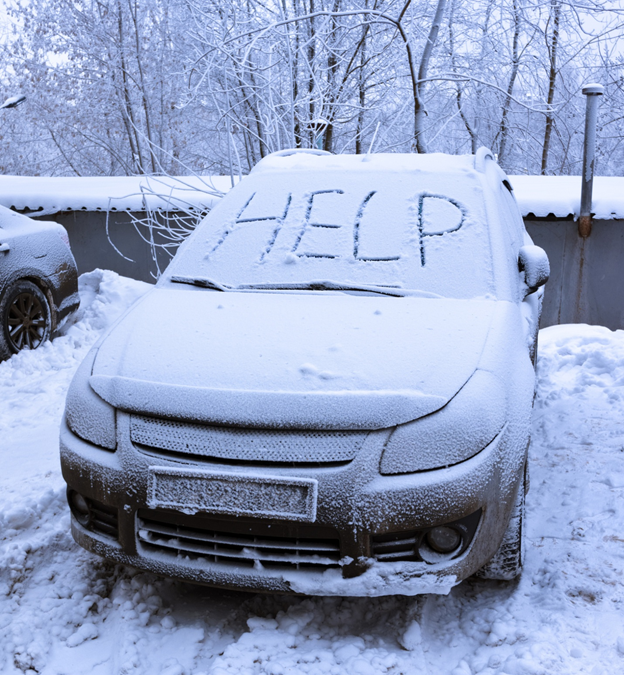
How to Winterize Your Car: A Step-By-Step Guide
Did you know that the average winter temperature in the Lower 48 states is 33 degrees Fahrenheit? If you live in a northern state that experiences severe winter weather then it is vital that you learn how to winterize your car. You might be wondering “Is winterizing a car necessary?”
Taking steps to winterize your car is vital for car maintenance that will prepare your car for frigid temperatures and icy conditions. It’s important to protect your investment in a vehicle no matter how long winter stretches on.
If you’ve never had to winterize your car before then today is your lucky day. You’ve found a perfect winterize car checklist to follow so that you’re prepared for when the winds of winter arrive. Keep reading to learn more!
Monitor Tire Pressure
The pressure in your car’s tires is bound to drop as temperatures get lower and lower, so you need to take some time to check the tire pressure throughout the winter months. If your tires aren’t inflated enough then you’ll get poor traction and your tires will get worn in the blink of an eye.
If your tires are underinflated then you should consult with the sticker in your car’s doorway to find the right level of PSI for safe inflation. People that live in areas where the temps get below zero should consider getting winter tires.
Test Your Car Battery
Your car battery is another component that you’ll want to monitor when you winterize your car. The battery capacity will get smaller as the temps get colder, so make sure that your battery is healthy as winter starts approaching. If your car isn’t surviving winter then you should check out this site to get a good deal.
Check Your Windshield and Wiper Blades
Glass doesn’t do well with frigid temperatures, so you need to check for any chips or cracks in your windscreen as winter gets closer. Those cracks could grow worse as winter drags on. Getting new wiper blades is another good idea when learning how to winterize. your car since you can handle whatever Mother Nature throws at you.
Check Headlights and Taillights
Heavy snow and fog make driving during the winter tricky and dangerous. An important part of learning to winterize your car is making sure that your taillights and headlights work as expected. You’ll have better visibility and other drivers will have an easier time seeing you when you’re out and about during the heart of winter.
Now You’re Ready to Winterize Your Car
Learning how to winterize your car is a natural part of car maintenance when you live in an area that gets frigid winter temperatures. It’s important that you’re checking your car’s battery to make sure that it will start in colder temps, and you should also check for cracks in your windshield so you can prevent their spread. Most of all, monitor your tire pressure to avoid dangerous driving conditions.
For more helpful articles on a range of topics, check out our blog!
